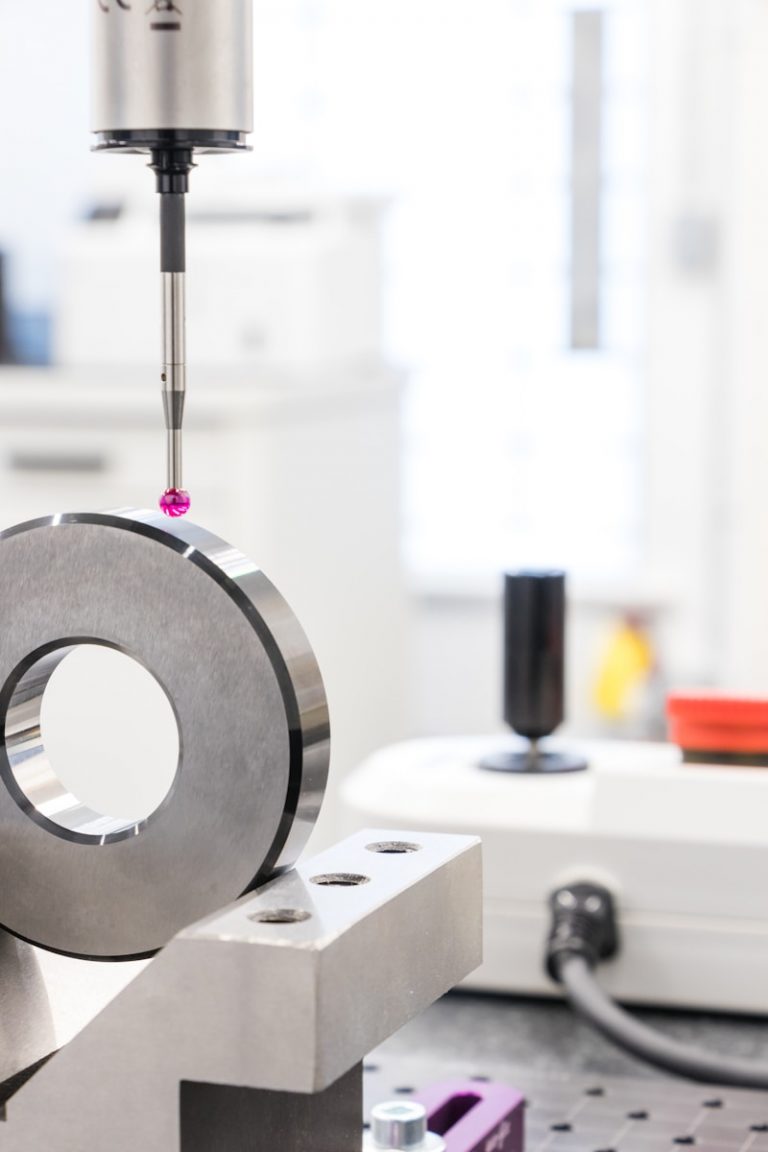In the field of precision measurement, metrology tools are essential for ensuring accuracy and reliability. However, even the most advanced and well-maintained equipment may encounter issues from time to time. In this guest post, we will explore some common problems that can arise with metrology tools and provide troubleshooting tips to help you resolve them. Whether you are a seasoned professional or new to the world of metrology, these insights will prove invaluable in your quest for accurate measurements.
Story Stages
1. Power On, But No Display:
It can be frustrating to power on metrology tools and equipment, but the display remains blank or shows no readings. To address this issue, first, check if the battery is properly inserted and sufficiently charged. If the battery is not at fault, examine the power cable for any signs of damage or loose connections. Consider using another power source or charger to identify whether it’s an issue with the current power supply.
2. Unstable Measurements:
Unstable measurements can hinder your progress in obtaining reliable data. If you notice fluctuations or erratic readings on your metrology tool, start by examining external factors that may be affecting stability. Vibrations from nearby machinery or inadequate environmental conditions can impact measurement accuracy. Ensure that you are operating in a stable environment free from excessive vibrations and temperature variations.
3. Calibration Issues:
Calibration plays a vital role in guaranteeing precise measurements. If you find that your metrology tool consistently provides inaccurate readings despite periodic calibration, there could be an underlying problem requiring attention. It’s advisable to consult the user manual for recommended recalibration intervals specific to your equipment model.
4. Damaged Sensors or Probes:
Sensors and probes are susceptible to wear and tear over time due to regular usage or accidental mishandling. In such cases, malfunctioning sensors may produce inaccurate readings or fail altogether. Inspect these components for any visible damage, such as scratches or bent pins. If replacement is necessary, consult the manufacturer for genuine parts and guidelines on how to install them correctly.
5. Drifting Zero Point:
Zero point drifting is when the metrology tool consistently registers a non-zero reading when no input is applied. This can lead to inaccurate measurements and compromise data integrity. To rectify this issue, first, ensure proper cleaning and maintenance practices are employed regularly. Then, recalibrate the tool following the manufacturer’s instructions explicitly. If the problem persists, technical support from the manufacturer may be required.
6. Software Compatibility Problems:
With an increasing number of metrology tools utilising software interfaces, compatibility problems can occasionally arise. If you encounter issues connecting your tool’s software to your computer or experience abrupt disconnections during operation, some troubleshooting steps can help locate the cause of the problem. Check for software updates that may resolve known compatibility issues or ensure all necessary drivers are installed properly.
7. Error Messages:
Error messages appearing on your metrology tool can provide valuable insights into underlying issues requiring attention. Take note of any specific codes or error messages displayed and refer to the user manual or online resources provided by the manufacturer for guidance on interpreting these messages. Many times, error messages provide detailed instructions for resolving common problems.
8. Hardware Malfunctions:
While intermittent hardware malfunctions can perplex even experienced users, they are not uncommon in complex metrology tools. If you suspect a hardware problem after eliminating other possible causes of errors, contacting technical support should be your next step for a thorough assessment and resolution.
9. Environmental Factors Impacting Accuracy:
When using metrology tools, it’s crucial to consider environmental factors that may affect measurement accuracy. Changes in temperature, humidity levels, and electromagnetic interference can all introduce errors in readings. To address this issue, ensure that your working environment is properly controlled and shielded from these external influences. Additionally, consider utilising temperature and humidity monitoring devices to indicate any significant deviations that may impact your measurements.
10. Limited Connectivity and Data Transfer Issues:
In today’s interconnected world, seamlessly transferring data from metrology tools to computers or other devices is imperative for streamlined workflows. However, limitations in connectivity or data transfer issues can hinder productivity. If you encounter problems with connecting your tool to peripheral devices or struggle with slow data transfers, try utilising different cables or interfaces. It’s also worth checking for software updates specific to your equipment model that may resolve compatibility issues related to data transfer.
Conclusion:
In conclusion, troubleshooting common issues with metrology tools is essential in maintaining their accuracy and functionality. By adhering to good maintenance practices and staying informed about potential problems, users can maximise their productivity while minimising downtime due to equipment issues. Regular calibration checks, along with vigilance towards environmental conditions, will help ensure accurate measurements are obtained consistently using these precision instruments.
